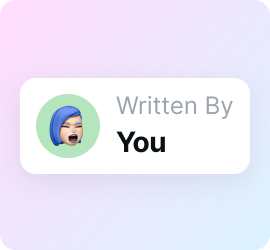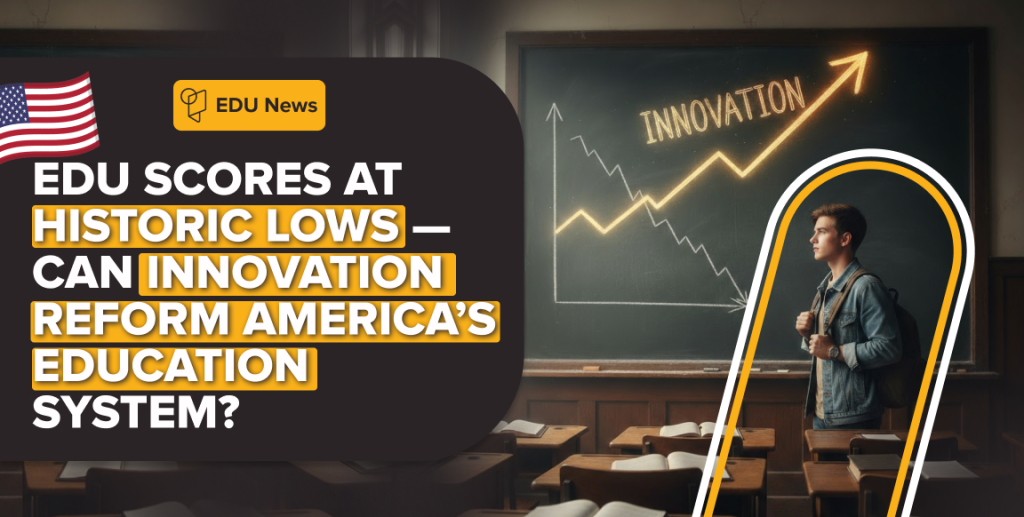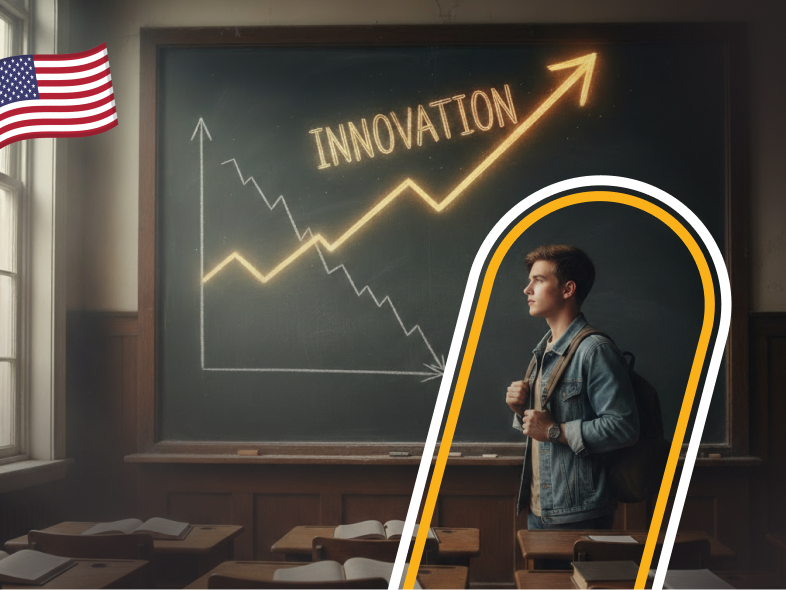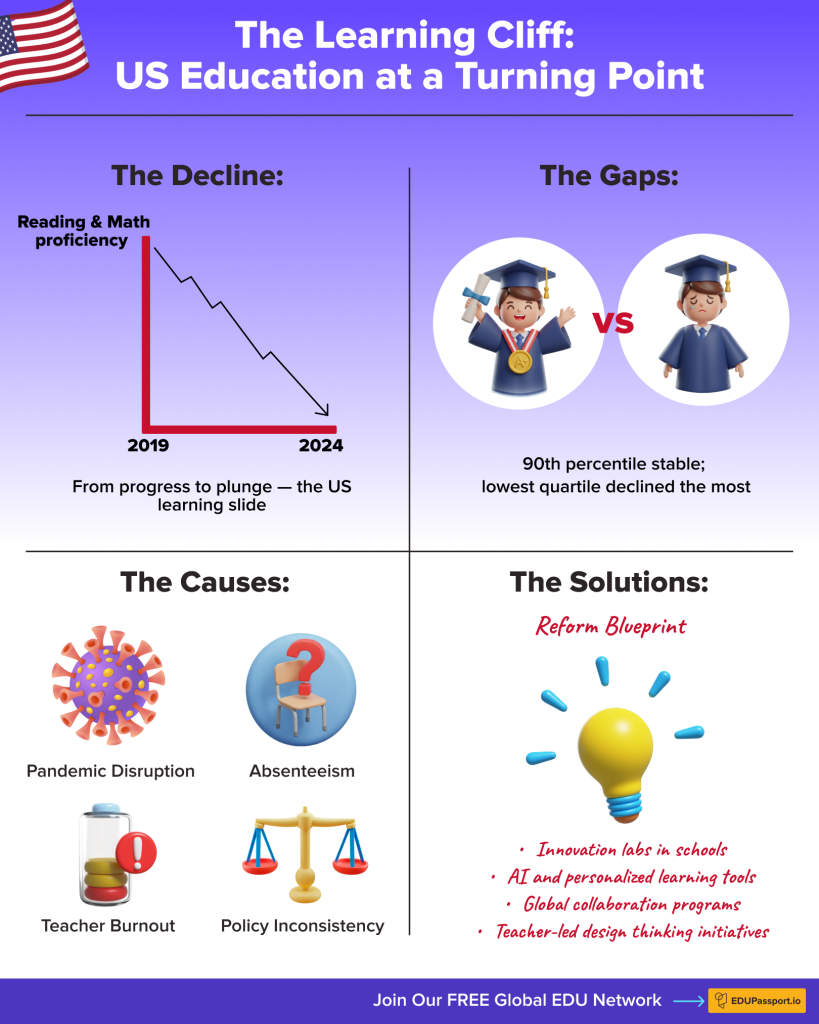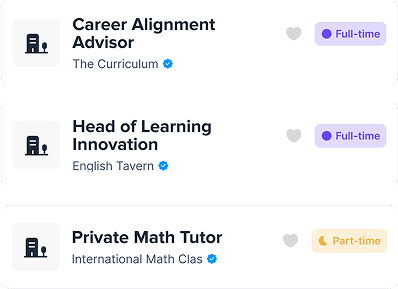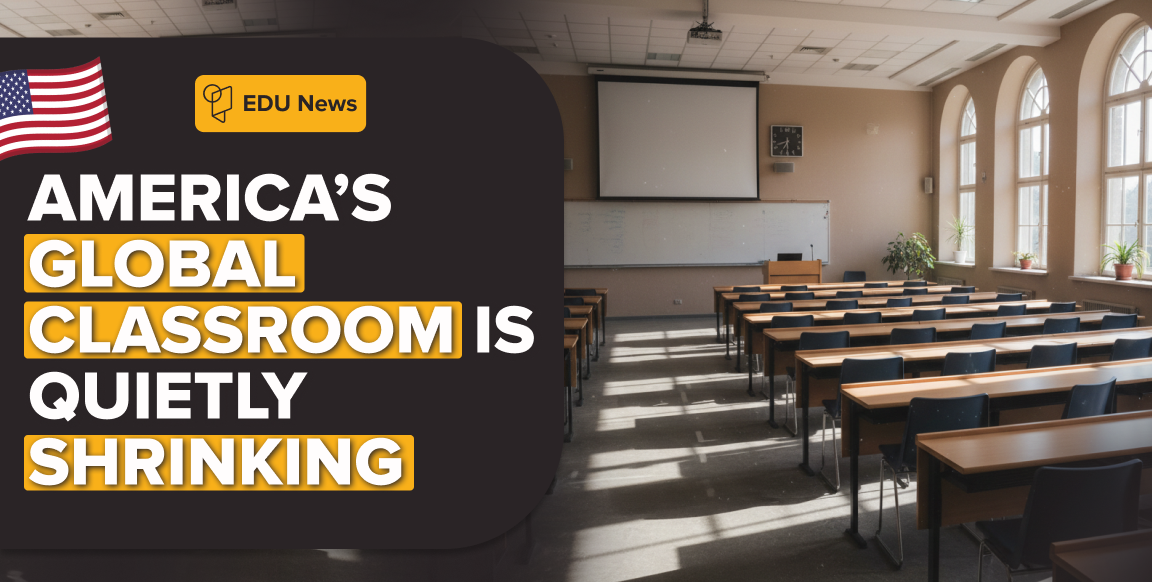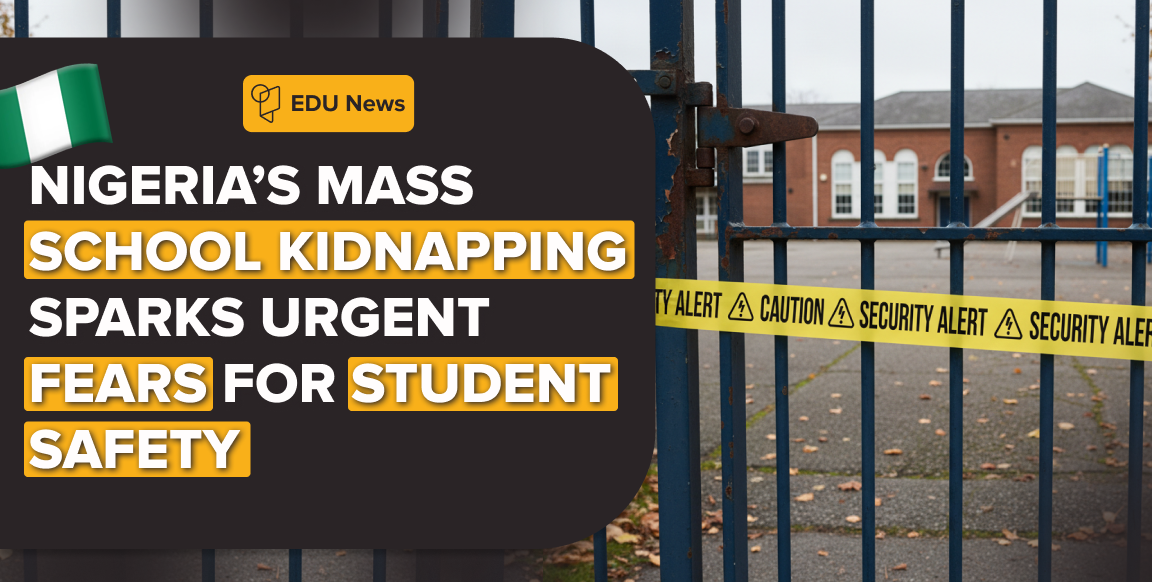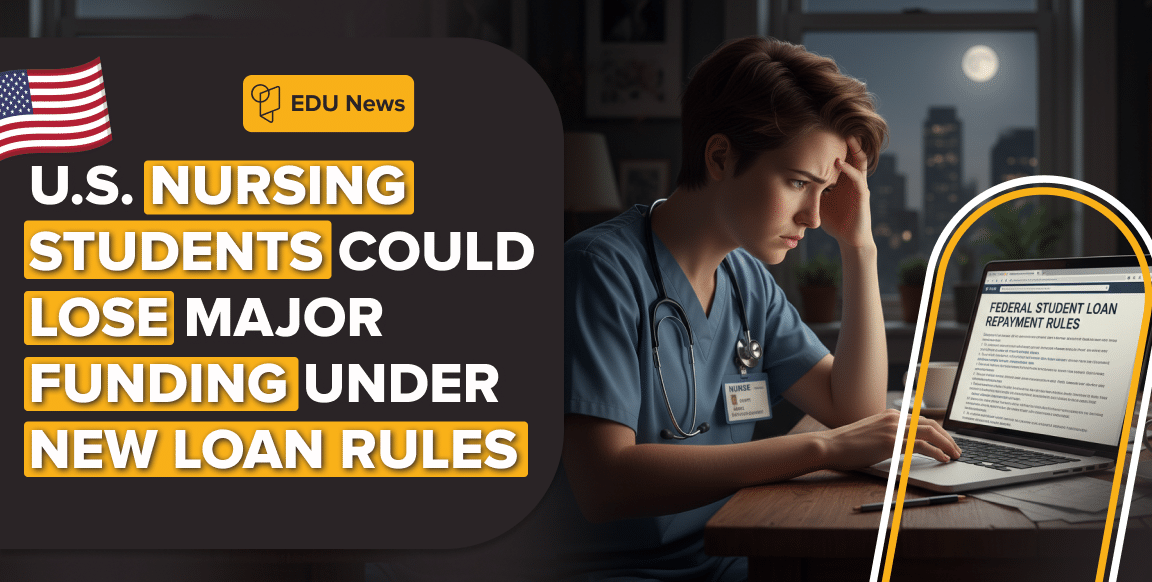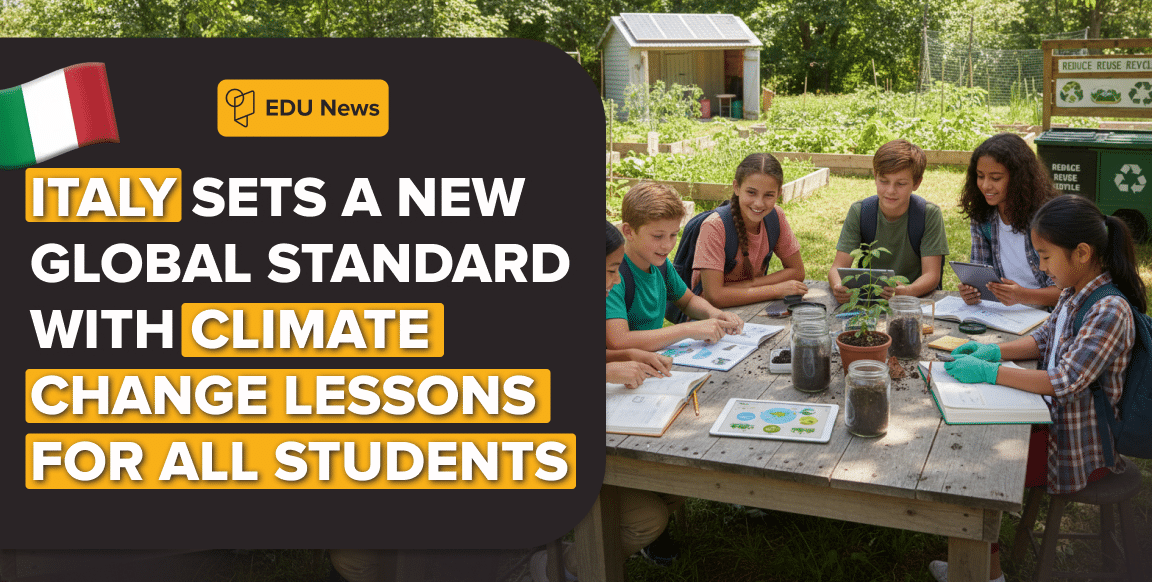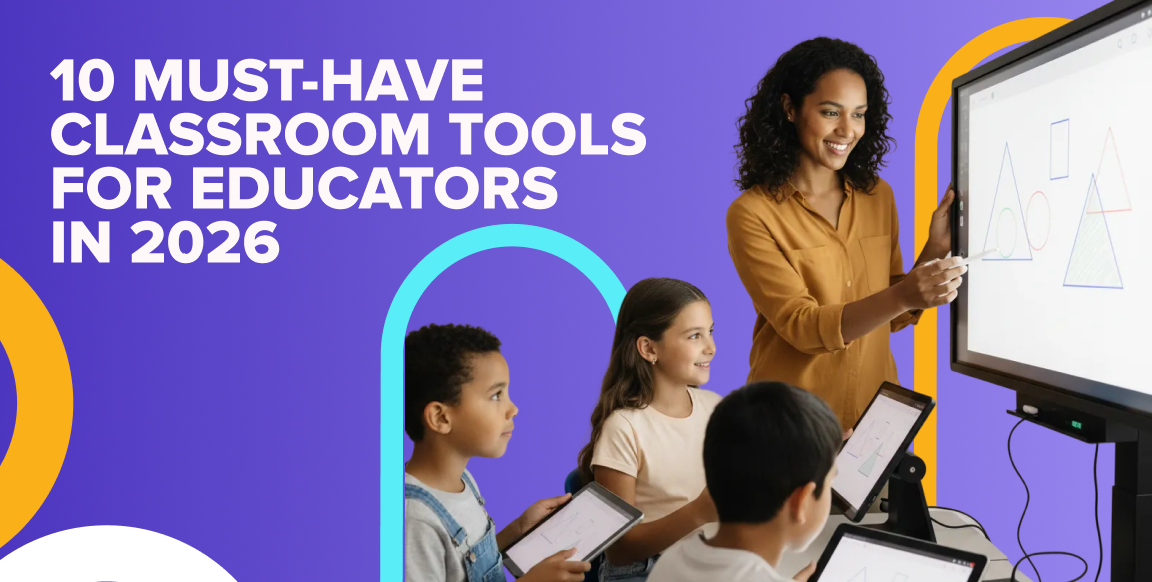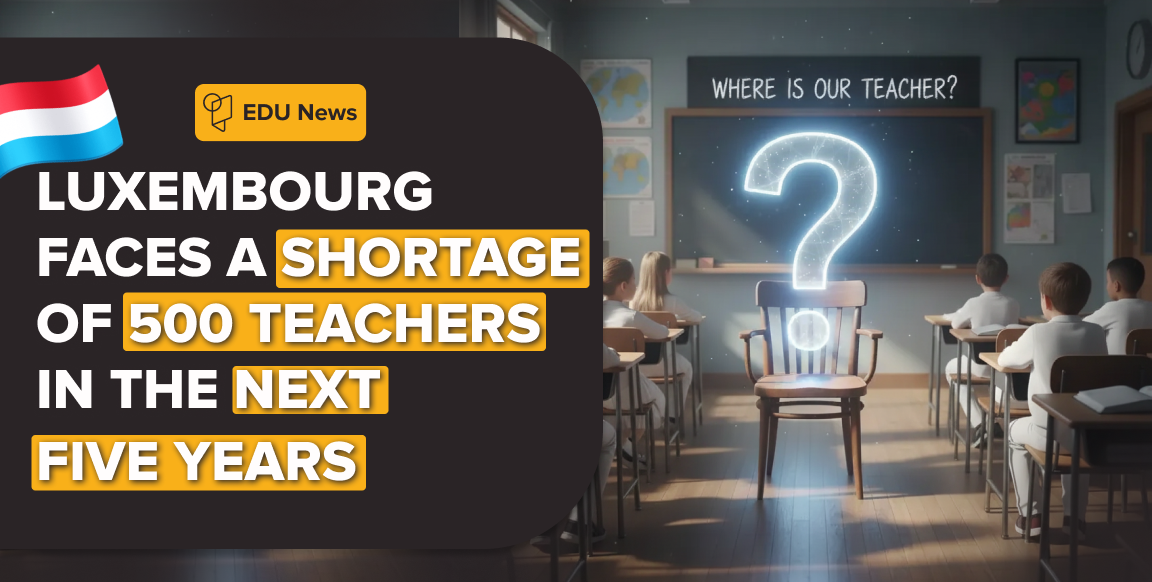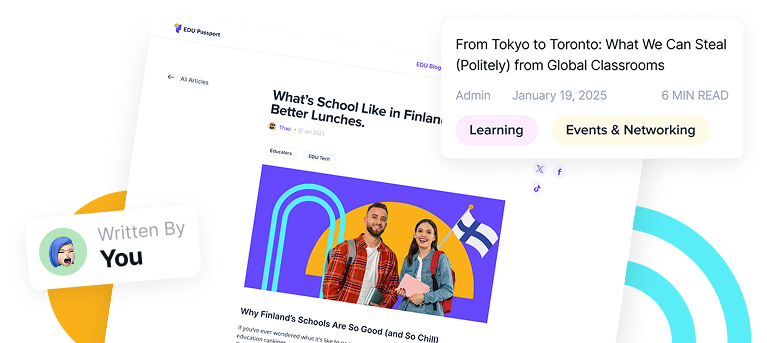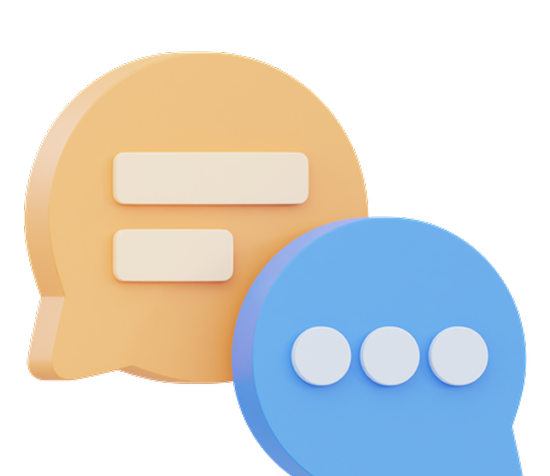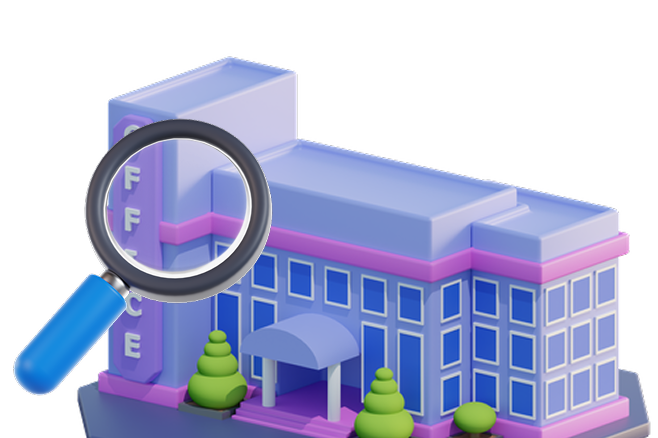The latest Nation’s Report Card has the US education world reeling. Reading and math scores among 12th graders have dropped to historic lows with nearly half now testing below basic levels. The pandemic may be over, but its shadow still lingers over America’s classrooms.
So what now? More testing? More funding? Or maybe, more imagination.
The Drop Heard Around the Nation
The 2024 National Assessment of Educational Progress (NAEP) paints a sobering picture: only 22% of high school seniors meet math proficiency standards, while just over a third read at grade level. That’s a double-digit decline from pre-pandemic results and an even steeper fall from the 1990s.
Absenteeism adds to the problem. Nearly one in three seniors reported missing three or more school days a month a sharp rise from 2019. Behind every statistic lies a student who’s disengaged, overwhelmed, or simply tuned out.
Innovation Isn’t Optional, It’s Urgent
Throwing money at the problem hasn’t worked. US Secretary of Education Linda McMahon called the results “devastating,” but the real crisis might be a lack of creative reform.
Education experts say the way forward isn’t about more of the same, it’s about rethinking what school looks like. Marty West, a professor of education at Harvard, put it bluntly: “American schools are really only preparing some students for success.”
That “some” could change if schools lean into innovation. Think project-based learning, AI-supported tutoring, and redesigned curricula that make literacy and numeracy relevant again. The next phase of US education reform will hinge on bold experimentation, not bureaucracy.
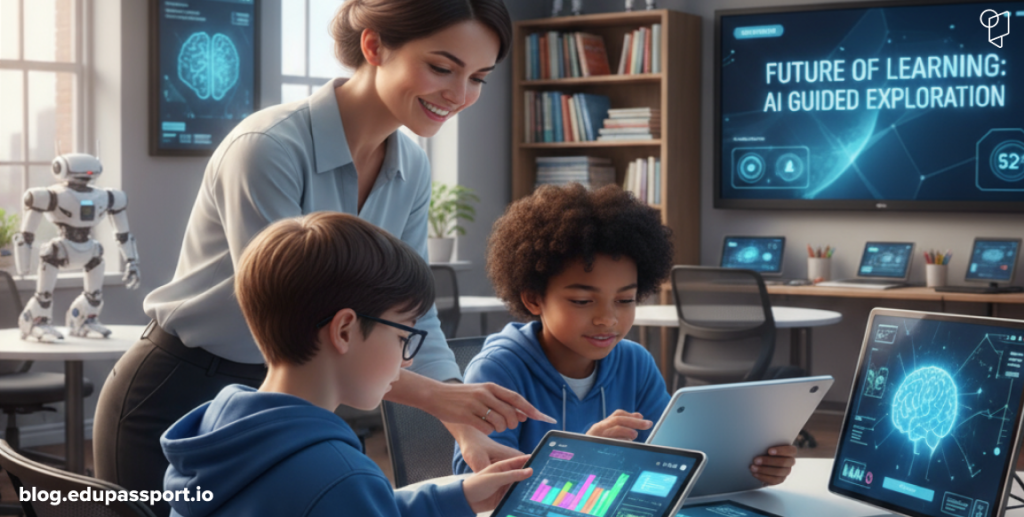
From Local Fixes to Global Insights
Globally, nations facing similar learning losses are already testing new models. Finland is doubling down on teacher autonomy. Singapore is scaling personalized learning tools. The UAE and Estonia are using AI to close literacy gaps.
The US doesn’t need to copy them, but it should learn from them. Reform doesn’t start with government decrees; it starts with giving educators the flexibility to innovate and learners the freedom to explore.
What the Future Classroom Could Be
Imagine a senior classroom where lessons aren’t just lectures but real-world simulations: solving community problems, designing business ideas, or coding social solutions. Where data doesn’t just measure failure but maps growth. Where tech supports teachers instead of replacing them.
America has the resources. It’s the mindset that needs a reboot.
If the 2024 Nation’s Report Card was a wake-up call, then innovation is the alarm. Reform is no longer a policy discussion, it’s a survival strategy for the nation’s future learners.



